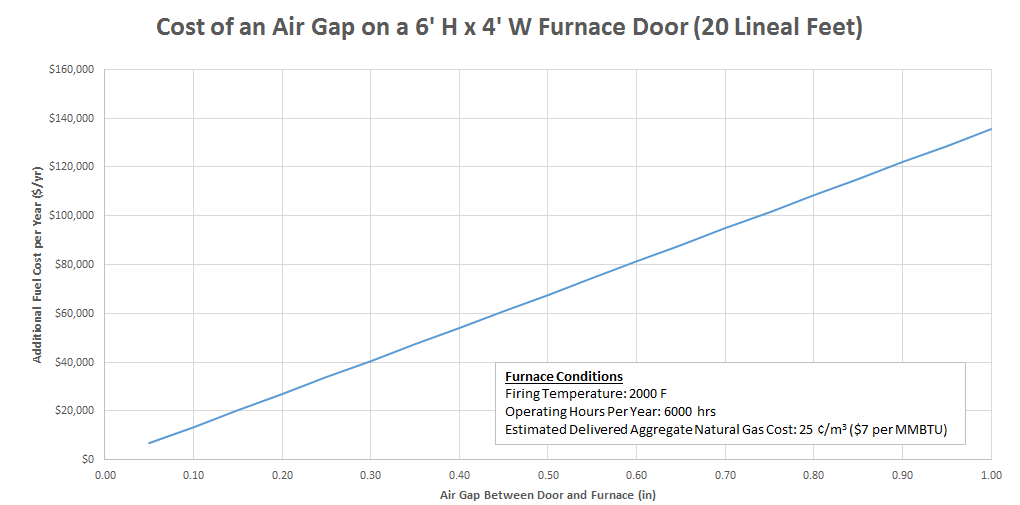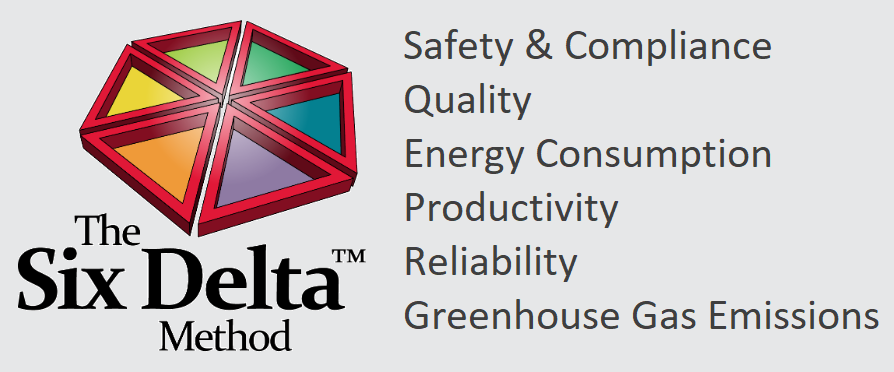As users of industrial furnaces face the inevitable tightening of greenhouse gas (GHG) emissions regulations, they are naturally experiencing mounting financial pressure to lower those emissions. The good news is that the same furnace improvements that lower GHG emissions also result in increased energy efficiency leading to significant operating cost reductions. Lowering GHC emissions and saving money on energy go hand in hand.
Achieving this increased efficiency and emissions reduction can be a complex process, involving engineering, chemistry, and other highly technical knowledge. But one step is basic common sense, plug up any gaps in the furnace to stop cold air from entering and hot air from exiting. Gaps may by virtually unnoticeable, but it only takes a small gap to create a significant ingress point for cold air that must be heated to the furnace temperature, as well as an egress point for heated air. Besides, regardless of the temperature, excess outside air entering a furnace is no better than excess air at the burner it consumes energy without providing any benefit to the process. Even a tiny gap can cause higher-than-necessary energy use and GHG emissions.  The steps to reduce cold air ingress and hot air egress are simple:
The steps to reduce cold air ingress and hot air egress are simple:
- Inspect the furnace to look for all openings around doors or seals, as well as any cracks or holes in walls.
- Make repairs.
- Continually monitor for new openings, which will occur because of the normal wear and tear of operations.
- Keep doors open no longer than necessary.
You can take further steps such as installing furnace pressure control systems or tunnel-like extensions to trap heat in cases where doors must be left open. However, such investments aren’t necessary to begin to make meaningful improvements. With relatively little expense, the efficiency of any furnace can be increased merely by closing gaps and keeping them closed.
Takeaway
Lowering GHG emissions is an important benefit of furnace improvements, but it shouldn’t be the only driver. When thinking about the pressure to reduce your emissions, don’t let the fact that regulatory compliance is involved cause you to forget that improving your furnace performance for whatever reason is good business. Closing gaps in your furnace is an easily achievable, practical place to start.


